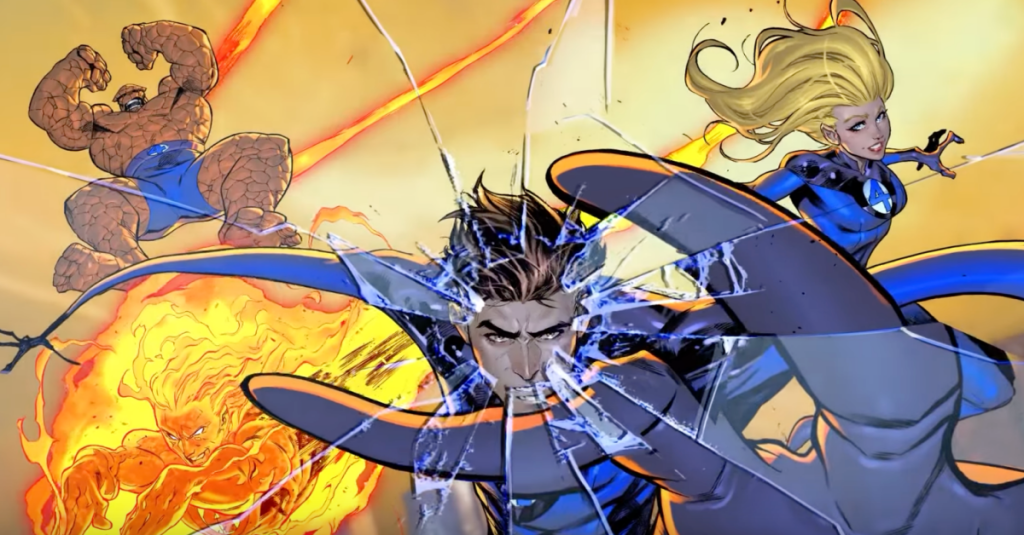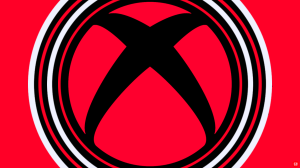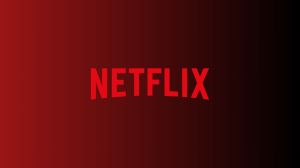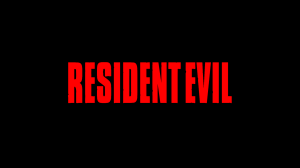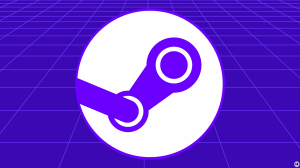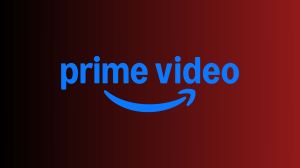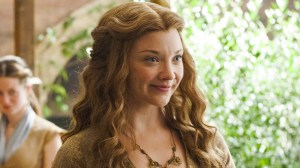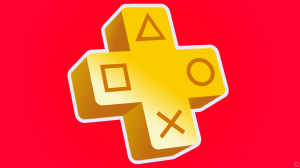Next month, the Fantastic Four will make their return to the big screen with The Fantastic Four: First Steps. The film’s release is nothing short of groundbreaking. For one, it marks the first time in a decade — a period during which Marvel superheroes have dominated the movie industry — that fans will be able to see “Marvel’s First Family” back in theaters. More importantly, it will be the first time the Fantastic Four are officially part of the Marvel Cinematic Universe (MCU). Since the MCU’s debut with Iron Man in 2008, the absence of the Fantastic Four has been particularly striking, especially given that many of the threats and storylines featured in the MCU originally involved the “Baxter Building Quartet” in the comics.
Videos by ComicBook.com
Interestingly, the sidelining of the Fantastic Four in the MCU has also been reflected in the Marvel Comics universe, where one would expect Marvel to have complete creative and editorial control. This represents an ignominious downgrade of Marvel’s first superhero team — a mantle they should never have lost in the first place.
The Fantastic Four – Marvel’s Original “A-Team”

The Fantastic Four should be Marvel’s flagship team because they are its first “go team.” Years before the Avengers and the X-Men were even conceived by Marvel’s creative and editorial staff, there was the Fantastic Four — Marvel Comics’ first full-fledged superhero team. It’s safe to say that without the Fantastic Four’s success, the world might never have known the Avengers or the X-Men. Through the Fantastic Four, Marvel established many themes, elements, styles, and storytelling features that became foundational to the success of the Avengers, the X-Men, and Marvel Comics in general. It’s no wonder, then, that the Fantastic Four are celebrated as “Marvel’s First Family.”
[ RELATED: Fantastic Four #31 Is the Epitome of What a Fantastic Four Comic Should Be (Review) ]
The Fantastic Four demonstrated early on that superhero teams are anything but perfectly harmonious groups singularly focused on defeating evil. Instead, the series revealed that even heroes who protect their communities can be deeply flawed individuals. The team often faced personal and interpersonal struggles that sometimes hindered their effectiveness, making them far more relatable than the more rigid and idealized portrayals of groups like DC’s Justice Society or Justice League. This nuanced approach to team dynamics would later be echoed to great effect in Marvel’s other “super groups,” such as the Avengers and the X-Men. The Avengers’ origin itself serves as a prime example of how the dysfunctional team dynamic introduced in the Fantastic Four can still overcome its negativity to produce heroic results.
Another key distinction was that, rather than concealing their identities, the Fantastic Four embraced their roles as public heroes — operating not just as a team, but as a family. While many of these elements weren’t entirely new to the superhero genre, the Fantastic Four added a distinctly Marvel twist to them. For instance, their frequent interactions with other superheroes helped solidify Marvel’s groundbreaking concept of a shared universe. Then there were their villains. The Fantastic Four introduced some of Marvel’s most iconic antagonists, from Doctor Doom to Galactus. They also explored advanced scientific concepts like the Negative Zone, the Ultimate Nullifier, and cosmic radiation, further enriching Marvel’s lore.
The MCU Killed the Comic Book Star
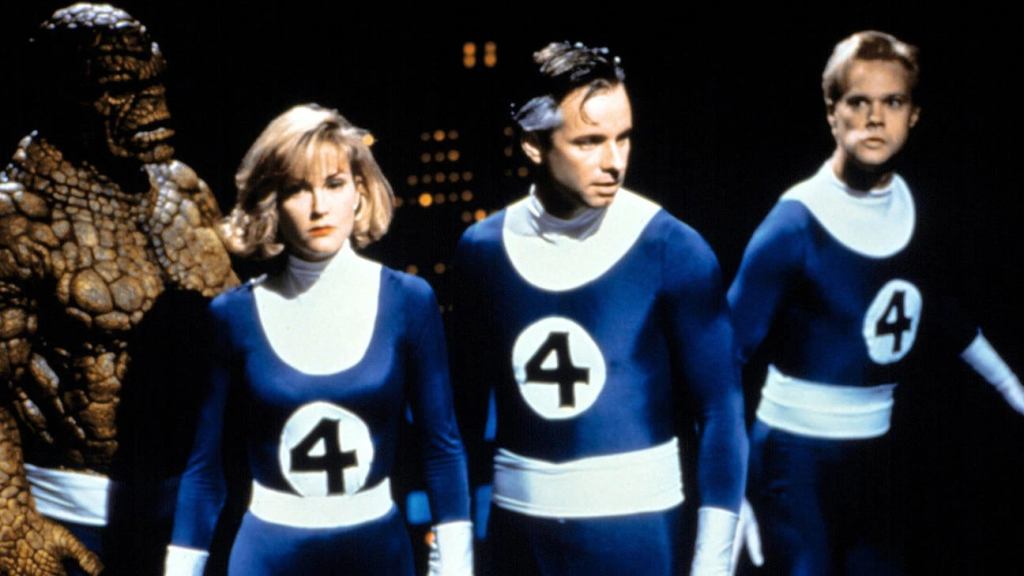
As Marvel expanded its team titles with the Avengers, X-Men, and later the Defenders—despite the Fantastic Four being one of the key influences in developing the “mighty” Marvel super team concept — it was natural for the Fantastic Four to lose some of their popularity as these other teams gained theirs. This trend became especially noticeable during Marvel’s expansion into movies.
Initially, this occurred in a piecemeal fashion, with Marvel selling the rights to its most popular titles — including the Fantastic Four — to various movie studios, allowing them to produce films based on those characters. However, the film rights for other titles, such as the Avengers, remained with Marvel. The movies released during this early period of Marvel movie adaptation varied widely in quality and appeal, with the Fantastic Four films often cited as some of the weakest.
[ RELATED: Every Marvel Studios Movie Nominated for an Oscar (Only Two Have Won) ]
After establishing its own movie studio, Marvel Studios, in 1993, Marvel also got into the movie-making business using content from titles it did not license out or had gotten the rights back, including Iron Man and Hulk. Marvel Studios’ efforts eventually led to the release of Iron Man in 2008, marking the beginning of the MCU. Disney acquired Marvel a year later and invested heavily in the expansion of the MCU, whose success has been unprecedented. Indeed, as the MCU gained in popularity, so did the comic book content on which it was based.
That success, however, did not extend to the Fantastic Four, whose rights weren’t under Disney’s license, making them ineligible for inclusion in MCU films. As the spotlight shone brighter on more popular titles and characters from both creative and consumer perspectives, it was inevitable that a once-groundbreaking series like the Fantastic Four would fade into the background. Indeed, as with their early film productions, the effort on the comic side has failed to reignite interest despite the fact that the team was at times under the creative direction of some giants in the field, including John Byrne, Tom DeFalco, and Jonathan Hickman. They were not enough to stop the more than a few Marvel fans from ridiculing it as one of Marvel’s most forgettable groups.
Fantastic Four 2025 – Is it “Cloberrin’ Time” Again?

Their long-awaited arrival in the MCU promises to unlock exciting new storytelling possibilities and reconnect the franchise with its foundational roots in Marvel Comics continuity. Now that Disney has regained the rights to the characters, it’s clear the studio is positioning the team for a more prominent role within the MCU. With growing signs of “superhero fatigue” surrounding the Avengers and X-Men, the timing might be perfect for a fresh dose of family-oriented superpowered fun.
Assuming its entry into the MCU does well, the Fantastic Four film should significantly re-popularize the team’s brand with the public, boosting the comic book franchise. But even if it doesn’t, the Fantastic Four should still be considered Marvel’s flagship team. Not only were they Marvel’s first superhero group, but with over 700 issues spanning more than 60 years, their stories uniquely balance wonder, intellect, and heart in a way no other Marvel team can replicate or replace.

